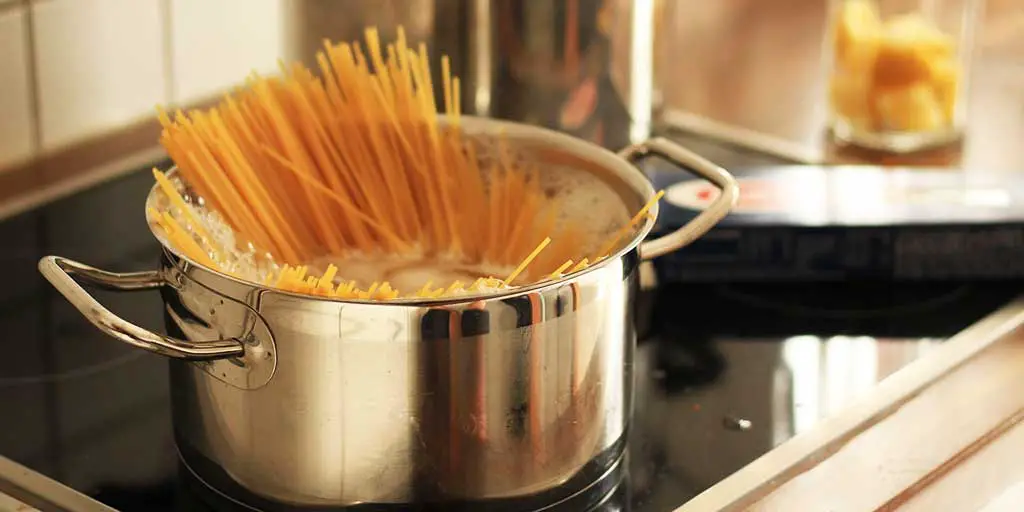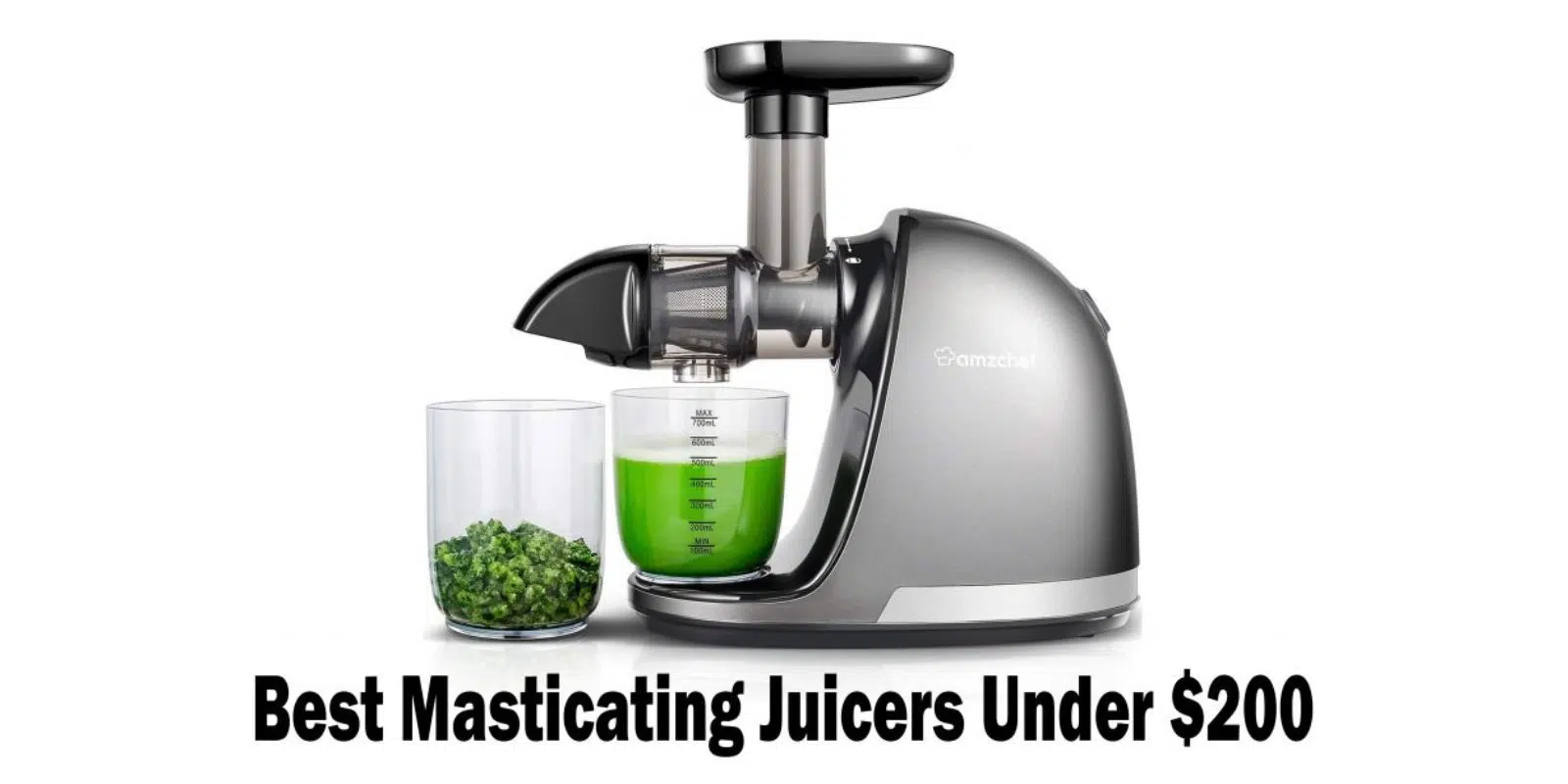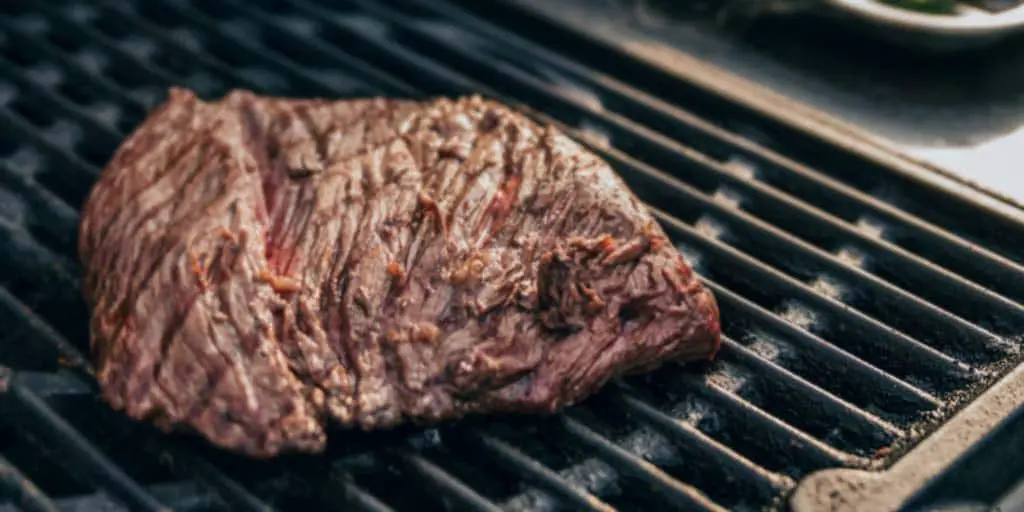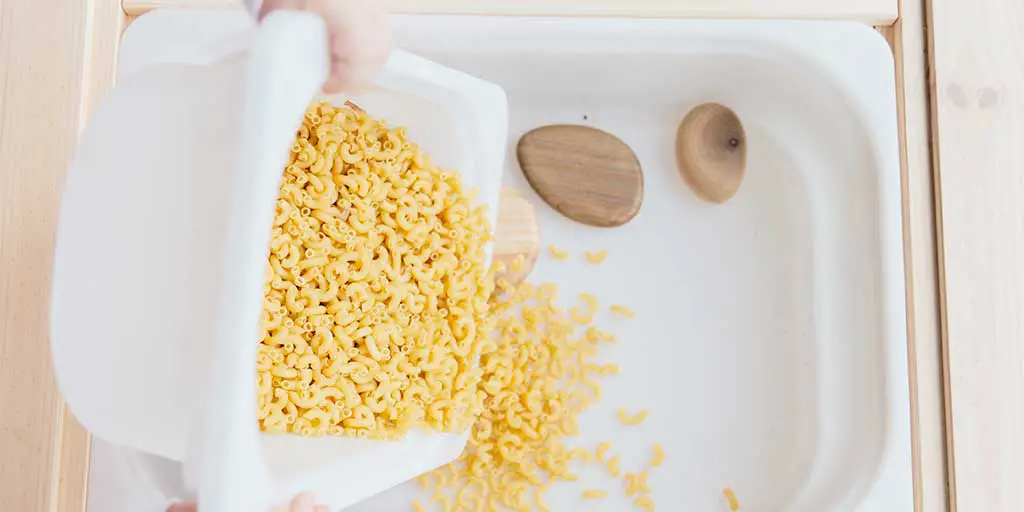How to Sharpen a Carving Knife Easily – Steel & Stone Method
It is crucial to keep your kitchen knives sharp because a dull knife is an accident waiting to happen. Using dull knives is dangerous since there is always a chance of slippage and missing the mark. Besides, such knives require you to apply more force, and they also cut the food poorly. In short, a dull knife is the worst kitchen nightmare.
Therefore you should always sharpen your knife, and that requires some specific skills. Even with the best of tools at your disposal, you can still damage the knife if you don’t know how to sharpen a carving knife.
There are actually hundreds of techniques and devices for sharpening knives, and each has its specific merits. But we suggest you learn the two most fundamental methods of sharpening that don’t require a boatload of money — steel sharpening and whetstone sharpening.
It is better to start practicing with a knife that you don’t mind damaging. Even after you’ve learned the skill, we suggest you occasionally send your knife to a professional to have it checked because knives tend to get duller progressively until fixed.
Contents
How to Sharpen a Carving Knife with a Steel
The steel used in this process is actually a steel rod that a knife gets swept on. This is because, after frequent usage, the edge of a sharp knife becomes a bit dull due to bending and warping. You can’t see it with the naked eye but put it under a microscope, and you’ll notice the edges have become wavy.
When you sweep the knife on a steel rod, it straightens out all those waves and restores the cutting edge straight. That’s why steeling doesn’t really sharpen a knife; it hones the edges.
Now, we’ll discuss the steps of honing the edge of the knife with steel.
Step 1: Position the Steel
Start by positioning the steel sharpener by holding it with your non-dominant hand and point the opposite end on a dry cutting board resting firmly. Imagine as if you’re trying to hammer the steel rod into the board.
Step 2: Holding and Positioning the Knife
Holding the knife properly ensures you make the most out of the sharpener. Grab the knife with your dominant hand. Don’t rest any of your fingers on the top of the blade.
Now place the heel of the blade or the part nearest to the handle crossway against the steel rod. Point the tip of the knife slightly upward and hold the blade at around a 15-degree angle away from the rod.
Pro Tip
If you’re confused about how to measure this 15-degree angle, then we have an easy solution for you. You remember 90-degrees is a right angle, right? Hold the blade at an angle half of that. This makes it 45-degrees.
Now, if you position the angle at an angle half of that, it makes 22.5 degrees. Tilt the knife a tiny bit more towards the rod, and you’re done. It doesn’t have to be exactly 15-degrees, but this method will get you close enough.
Step 3: Sharpening
Now steadily holding the knife at that angle, gently pull the knife towards you at the same time move the blade down the length of the steel rod. Cover the entire length of the blade in this way as if you’re trying to slice off a very thin piece of steel. Do this motion 10 times on this side.
Step 4: Switch to the Other Side
Repeat step 3 with the other side of the knife 10 times, and you’re done. If you’ve become accustomed to this process, you can also sweep and alternate back and forth with the knife.
How to Sharpen a Carving Knife with a Stone
Now, if your knife isn’t sharpened properly by steel, you’ll need to use a sharpening stone instead. Using a sharpening stone is the most classic and most effective method for making a blade razor-sharp.
Using a whetstone could take a bit of practice, and the tricky part is maintaining the correct angle all the way. But once you get the hang of it, you won’t be able to stop.
To begin, a whetstone usually has two sides: a coarse side and a fine side. Sharpening starts with the coarse side, and honing the blade ends with the fine side of the stone. So, let’s discuss the steps for how to sharpen a carving knife with a whetstone.
Step 1: Prepare the Stone
Preparing the stone is important before sharpening; otherwise, it could ruin your knife badly. Lubricate the stone well with water or honing oil. Many instructors say dipping the stone in water for a couple of minutes works just fine.
Place the stone on a damp cloth to make sure it stays in place. Begin with the coarse side up at first.
Step 2: Find the Right Angle
Hold the knife with one hand and place the edge of it against the stone, point-first. Face the knife away from you and keep the angle of the blade 20-degree away from the surface. To measure the angle, follow the Pro Tip in the previous section.
Step 3: Sharpen One Side of the Knife
Place the fingers of the other hand against the blade and press it with around 2 to 3 pounds of pressure. Now draw the blade down the stone and then slide the blade forward. Repeat this process across the stone, covering the entire length of the cutting edge of the blade and the surface of the whetstone in a wide circular manner.
However, you have to hold the blade at that constant angle of around 20-degrees the entire time and repeat the process several times until the dullness on that side is gone.
Step 4: Sharpen the Other Side of the Blade
Now turn the blade over and repeat the previous step 3 for the same amount of time.
Step 5: Honing the Blade
For this step, first, flip the whetstone with the fine side up and repeat the entire step 3 and step 4 until the blade is sharp enough for your liking.
How to Tell If Your Knife is Sharp Enough
Once you think you’ve sharpened your knife, it is time to put those knives to the test. We’re suggesting here two easy tests to know if those blades are sharp enough to get on with your kitchen chores perfectly.
Paper test
One of the easiest ways to check if your carving knife for meat is sharp enough is by cutting a paper with it. To do this test, fold a basic printer paper and hold it by one end.
Then lay the blade against the top edge of the fold and try cutting it at an angle. If the knife is sharp enough, it will slice the paper cleanly. And if it fails, continue sharpening.
Tomato Test
Tomato is the most fundamental of kitchen products that require cutting. It has the perfect size, consistency, softness, and shape to test a knife’s sharpness. If you can slice a tomato skin without sawing your way through it or without poking a starter hole with the knife top, then you can use the knife to prepare other foods.
Final Words
We’ll end this article on how to sharpen a carving knife with a nice tip. While sharpening the knife, go for good enough but not perfection in sharpness. Because a super sharp blade might feel great at first, but the edge will get dull quickly since it becomes very thin. Because, if it is sharp enough, you can easily slice through food.





